Home>Garden Essentials>How Long Does It Take For A Grass Patch To Grow
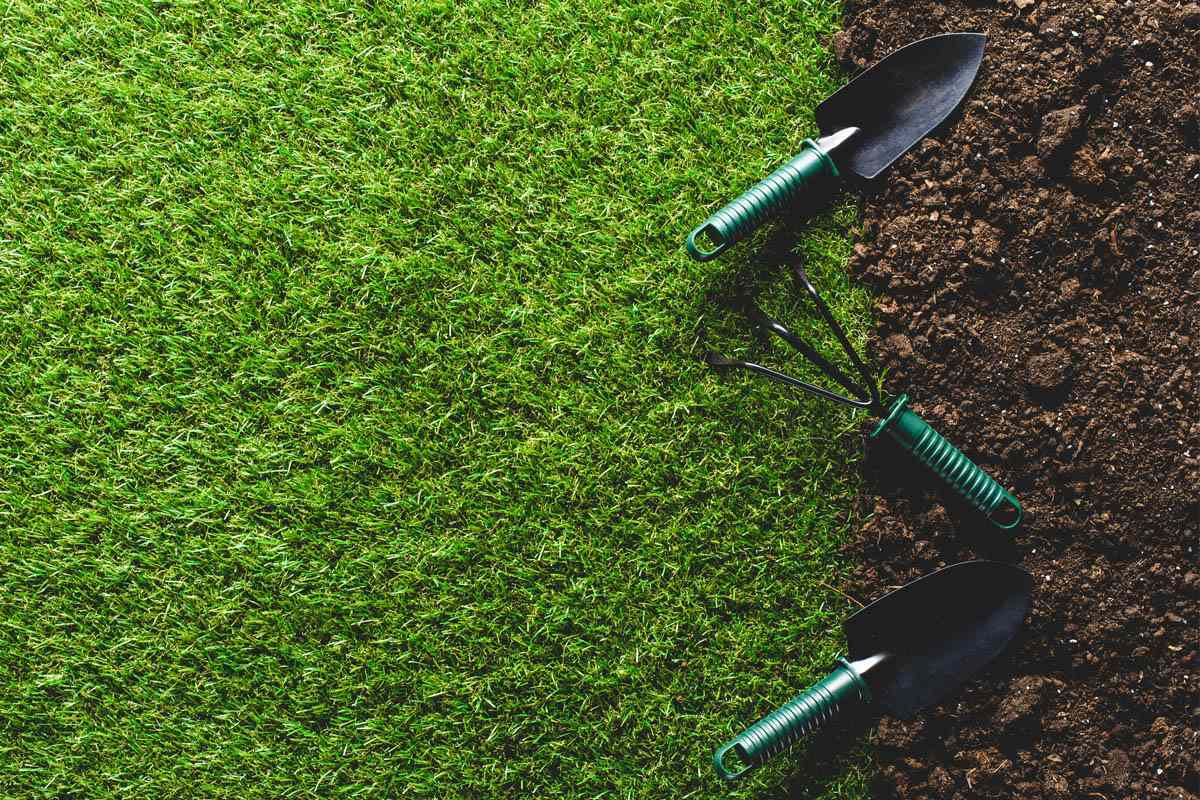

Garden Essentials
How Long Does It Take For A Grass Patch To Grow
Modified: October 18, 2024
Learn how long it takes for a garden grass patch to grow and get beautiful. Find out the time frame and proper care needed for a thriving garden.
(Many of the links in this article redirect to a specific reviewed product. Your purchase of these products through affiliate links helps to generate commission for Storables.com, at no extra cost. Learn more)
Introduction
Gardening enthusiasts know that watching a grass patch grow can be an exciting and rewarding experience. However, it’s essential to have a realistic understanding of how long the process takes. In this article, we will explore the factors involved in the growth of a grass patch and discuss the timeline from germination to maturity. Understanding these factors will help you manage your expectations and properly care for your lawn.
Grass growth is affected by various factors, including the type of grass, environmental conditions, quality of soil, and proper maintenance. Each of these variables plays a critical role in determining how quickly your grass will grow and establish itself in your yard.
Before we delve into the growth timeline, let’s explore the first phase of grass growth: germination.
Key Takeaways:
- Patience and proper care are key to growing a lush grass patch. Factors like grass type, soil quality, and maintenance practices all influence the growth process. Consistency and patience will lead to a vibrant lawn.
- Understanding the factors affecting grass growth, from germination to maintenance, is essential. Tailoring care to your grass type and environment will create an optimal environment for healthy and vibrant grass growth.
Read more: How Long Does It Take For Grass To Grow
Factors Affecting Grass Growth
Several factors can influence the growth of grass in your lawn. Understanding these factors will help you create an optimal environment for your grass to thrive.
1. Type of Grass: Different grass species have different growth habits and requirements. Cool-season grasses such as Kentucky bluegrass and fescue grow best in cooler climates, while warm-season grasses like Bermuda grass and Zoysia grass prefer warmer temperatures.
2. Environmental Conditions: Climate, temperature, sunlight, and rainfall all play a vital role in grass growth. Some grasses thrive in sun-drenched areas, while others prefer shade. Understanding the specific needs of your grass variety and adjusting your lawn care practices accordingly can help promote optimal growth.
3. Soil Quality: Healthy soil is essential for grass growth. The soil should be well-draining, fertile, and rich in organic matter. Conducting a soil test can help identify any nutrient deficiencies or imbalances and allow you to amend the soil accordingly.
4. Watering: Proper watering is crucial for grass growth. Too little water can cause the grass to dry out and turn brown, while excessive watering can lead to shallow root development. Understanding your grass’s water requirements and watering deeply and infrequently will encourage deep root growth and overall plant health.
5. Fertilization: Grass requires essential nutrients for healthy growth. Applying a balanced fertilizer, rich in nitrogen, phosphorus, and potassium, can provide the necessary nutrients for strong root development and lush green grass.
6. Weed and Pest Control: Weeds and pests can compete with grass for resources and hinder its growth. Regularly inspecting your lawn for weeds and pests and taking appropriate measures to control them will help ensure uninterrupted grass growth.
7. Maintenance Practices: Regular mowing, aerating, and dethatching are essential maintenance practices that promote healthy grass growth. Mowing at the correct height and frequency prevents stress on the grass and encourages it to fill in any bare patches.
By understanding these factors and taking proper care of your lawn, you can create a conducive environment for your grass to grow strong and healthy. Now let’s explore the timeline of grass growth.
Germination Period
The germination period is the first stage of grass growth and marks the beginning of the journey to a lush, green lawn. Germination refers to the process in which the grass seed absorbs water, swells, and sprouts its first root and shoot.
The length of the germination period varies depending on various factors, including the type of grass seed, temperature, moisture, and soil conditions. Typically, cool-season grasses take about 7 to 14 days to germinate, while warm-season grasses can take anywhere from 10 to 21 days.
During this stage, it’s crucial to keep the soil consistently moist to ensure proper seed germination. This can be achieved by lightly watering the area or using a sprinkler system. However, be careful not to overwater, as excessive moisture can lead to fungal diseases and rot the seeds.
To improve germination rates, you can consider using techniques such as overseeding, which involves spreading grass seed over an existing lawn to fill in thin or bare areas. This method helps increase the chances of seed-to-soil contact, enhancing germination.
It’s important to note that not all grass seeds will germinate successfully. Factors such as poor seed quality, inadequate soil preparation, or unfavorable environmental conditions can impede germination. However, by following proper seeding techniques and providing the ideal conditions, you can maximize the chances of successful germination.
Once the grass seed has germinated and the roots and shoots emerge, it’s time to focus on establishing a strong root system for healthy growth. Let’s explore this next phase in the grass growth process.
Establishing Root System
After the germination period, the focus shifts to establishing a robust root system. A strong root system is crucial for providing the grass with the necessary nutrients and water to support healthy growth.
During this stage, the grass seedlings will develop a network of roots that anchor the plant into the soil. These roots will also absorb moisture and nutrients from the soil, ensuring the grass stays nourished and hydrated.
The establishment of a strong root system typically takes several weeks. It is important to provide the grass with adequate water and nutrients during this period to encourage root development. Deep and infrequent watering is recommended to promote deeper root growth and prevent shallow, weak roots.
In addition to proper watering, regular fertilization will also benefit the establishment of the root system. In the early stages, it is recommended to use a starter fertilizer that is high in phosphorus, as this nutrient aids in root development.
Maintaining the appropriate mowing height is another crucial factor in establishing a healthy root system. While it may be tempting to mow the grass short for a manicured look, it can have adverse effects on root development. Gradually reducing the mowing height as the grass matures will allow the roots to grow deeper.
During this phase, it is important to avoid heavy foot traffic or any activities that could disturb the soil and potentially damage the developing root system. Giving the grass sufficient time to establish strong roots will set a solid foundation for the next phase of growth: leaf development.
Now that the root system is established, let’s explore the growth of the grass blades and the various factors that influence it.
Water your grass patch regularly, provide adequate sunlight, and use a high-quality grass seed to promote faster growth. Keep the area free of foot traffic until the grass has fully grown.
Leaf Growth
Once the grass has established a healthy root system, the focus shifts to leaf growth. The growth of lush green foliage is the most noticeable and rewarding stage of grass development. During this phase, the grass blades will grow in height and density, transforming your lawn into a vibrant carpet of green.
The speed of leaf growth varies depending on factors such as grass type, weather conditions, and nutrient availability. Cool-season grasses tend to have faster leaf growth during the spring and fall seasons, while warm-season grasses experience rapid leaf growth during the summer months.
Proper maintenance practices play a crucial role in promoting optimal leaf growth. A regular mowing schedule should be established, ensuring that the grass is not cut too short, as this can stress the plant and inhibit leaf growth. Instead, aim to remove no more than one-third of the grass blade height during each mowing session.
Frequent watering is also essential during leaf growth to keep the grass hydrated and vibrant. However, it is important to water deeply and infrequently to encourage deep root growth and discourage shallow root development. This will ensure the blades receive adequate moisture while promoting a healthy, strong root system.
Applying a balanced fertilizer at the appropriate times can significantly enhance leaf growth. Nitrogen is an essential nutrient for promoting healthy foliage development. However, it is important to follow the fertilization instructions and avoid overfertilization, as excessive nitrogen can lead to rapid growth and weaken the grass.
Another critical factor in promoting leaf growth is sunlight. Grass requires ample sunlight to photosynthesize and generate energy for growth. Ensuring that your lawn receives sufficient sunlight by trimming back any overhanging branches or structures will help stimulate leaf growth and overall lawn health.
While leaf growth is an exciting phase of grass development, it is important not to overlook the overall health and maintenance of your lawn. Factors such as weed control, pest management, and proper aeration are essential in maintaining a beautiful and thriving lawn.
By understanding the factors that influence leaf growth and implementing appropriate maintenance practices, you can achieve a lush, green lawn that is the envy of the neighborhood.
Now, let’s explore some of the factors that can influence the growth rate of your grass.
Read more: How Long Does It Take Seeded Grass To Grow
Factors Influencing Growth Rate
Several factors can influence the growth rate of your grass, impacting how quickly it reaches maturity and attains its full potential. Understanding these factors will enable you to make informed decisions about lawn care practices and optimize the growth of your grass.
1. Climate: The climate in your region is a significant factor in determining the growth rate of your grass. Different grass species have specific climate preferences. Cool-season grasses thrive in regions with cooler temperatures, while warm-season grasses prefer warmer climates. Providing the optimal temperature range for your chosen grass type will promote faster growth.
2. Soil Quality: The health and quality of your soil directly affect grass growth. Soil that is well-drained, rich in organic matter, and properly balanced in nutrients will provide an ideal environment for your grass to grow quickly. Conducting regular soil tests can help identify any nutrient deficiencies or imbalances, allowing you to make the necessary amendments to optimize growth.
3. Watering Practices: Proper watering techniques greatly influence the growth rate of your grass. Watering deeply and infrequently encourages deeper root growth, leading to faster overall growth and a healthier lawn. Avoid overwatering, as excessive moisture can hinder root development and promote fungal diseases.
4. Fertilization: Applying the right type and amount of fertilizer at the appropriate times can significantly impact grass growth rate. Nitrogen-rich fertilizers promote healthy leaf growth, while phosphorus and potassium contribute to root development and overall plant health. Following recommended fertilization schedules and using appropriate products will optimize growth.
5. Mowing Height: Cutting the grass at the correct height plays a significant role in promoting growth. Mowing too low can stress the grass and inhibit growth, while mowing too high can encourage thatch buildup and weak growth. Adjusting your mowing height based on the grass species and growth patterns will maximize growth potential.
6. Maintenance Practices: Regular maintenance practices, such as aeration and dethatching, can enhance growth rates. Aeration helps improve airflow and nutrient absorption in the soil, while dethatching removes excess thatch and allows for better water and nutrient penetration. Implementing these practices as part of your lawn care routine will support faster growth.
7. Pest and Weed Control: Weeds and pests can compete with grass for nutrients and hinder its growth. Implementing effective weed and pest control measures will help maintain a healthy growing environment for your grass and promote faster growth.
By understanding and addressing these influential factors, you can create optimal conditions for your grass to grow at an optimal rate. Implementing proper maintenance practices and providing the necessary care will result in a vibrant and flourishing lawn.
Now, let’s explore the importance of maintenance and care in promoting healthy grass growth.
Maintenance and Care
Maintenance and care are crucial for promoting healthy grass growth and maintaining a lush, vibrant lawn. Regular upkeep and proper care practices will ensure that your grass has the best chance to thrive and reach its full potential.
1. Regular Mowing: Consistent and proper mowing promotes healthy growth and helps maintain an even and attractive appearance. Be sure to adjust your mowing height based on the recommended range for your grass species, and never remove more than one-third of the grass blade height during a single mowing session. Keeping the grass at the appropriate height allows for optimal nutrient absorption and encourages deep root growth.
2. Watering: Adequate and proper watering is essential for the health and growth of your grass. Water deeply and infrequently, ensuring the moisture penetrates the soil to encourage deep root development. Avoid overwatering, as it can lead to shallow root growth and increase the risk of fungal diseases. Watering early in the morning allows the grass blades to dry out during the day, reducing the chances of disease development.
3. Fertilization: Providing your grass with the necessary nutrients through regular fertilization promotes healthy growth and overall plant health. Use a balanced fertilizer that contains nitrogen, phosphorus, and potassium, following the recommended application rates. Consider using organic fertilizers for long-term soil health and sustainable growth.
4. Weed Control: Weeds can compete with your grass for nutrients and hinder its growth. Implement a weed control program that includes regular weed removal by hand or through the use of appropriate herbicides. Maintaining a dense and healthy turf through proper maintenance practices also helps inhibit weed growth.
5. Pest Control: Pests such as insects and diseases can damage your grass and impede its growth. Regularly inspect your lawn for signs of pests or diseases and take appropriate measures to control them. This may involve the use of pest-specific insecticides or disease control methods. Additionally, promoting a healthy environment through proper watering and fertilization can prevent pest and disease infestations.
6. Aeration and Dethatching: Regularly aerating your lawn helps alleviate soil compaction, allowing for better air and water infiltration. This encourages healthy root growth and enhances nutrient absorption. Dethatching, the removal of excessive thatch, prevents the accumulation of dead grass and organic debris, ensuring effective water and nutrient penetration to the roots of your grass.
7. Overseeding: Over time, grass can become thin or develop bare spots. To restore a thick and healthy lawn, consider overseeding. Overseeding involves spreading grass seed over the existing lawn, filling in bare areas and increasing the overall density of the grass. This promotes faster growth and improves the overall appearance of your lawn.
By incorporating these maintenance and care practices into your lawn care routine, you will create an optimal environment for your grass to grow and flourish. A well-maintained and healthy lawn will not only be aesthetically pleasing but will also enhance the value of your property.
Now, let’s conclude our discussion on grass growth and summarize the key points we have covered.
Conclusion
Growing a lush and healthy grass patch requires patience, knowledge, and proper care. Understanding the factors that affect grass growth and implementing the right maintenance practices are crucial for achieving the desired results.
Factors such as grass type, environmental conditions, soil quality, and adequate watering and fertilization all play significant roles in promoting healthy growth. Different types of grass have specific requirements, and providing the optimal conditions tailored to your particular grass species will yield better results.
The growth process begins with the germination of grass seeds, followed by the establishment of a strong root system. Once the roots are established, leaf growth takes place, giving your lawn the lush appearance you desire. Proper maintenance, including regular mowing, watering, fertilization, weed and pest control, and aeration, are vital for supporting continuous growth and maintaining a healthy lawn.
By understanding the factors influencing grass growth and implementing effective maintenance and care practices, you can create an ideal environment for your grass to thrive. However, it’s important to remember that grass growth takes time, and results may not be immediate. Consistency and patience will be rewarded with a beautiful and vibrant lawn.
So, whether you’re establishing a new grass patch or rejuvenating an existing one, remember to consider the factors outlined in this article and provide the necessary care and attention. With proper knowledge and dedication, your grass patch will flourish, providing you with a beautiful outdoor space to enjoy for years to come.
Frequently Asked Questions about How Long Does It Take For A Grass Patch To Grow
Was this page helpful?
At Storables.com, we guarantee accurate and reliable information. Our content, validated by Expert Board Contributors, is crafted following stringent Editorial Policies. We're committed to providing you with well-researched, expert-backed insights for all your informational needs.
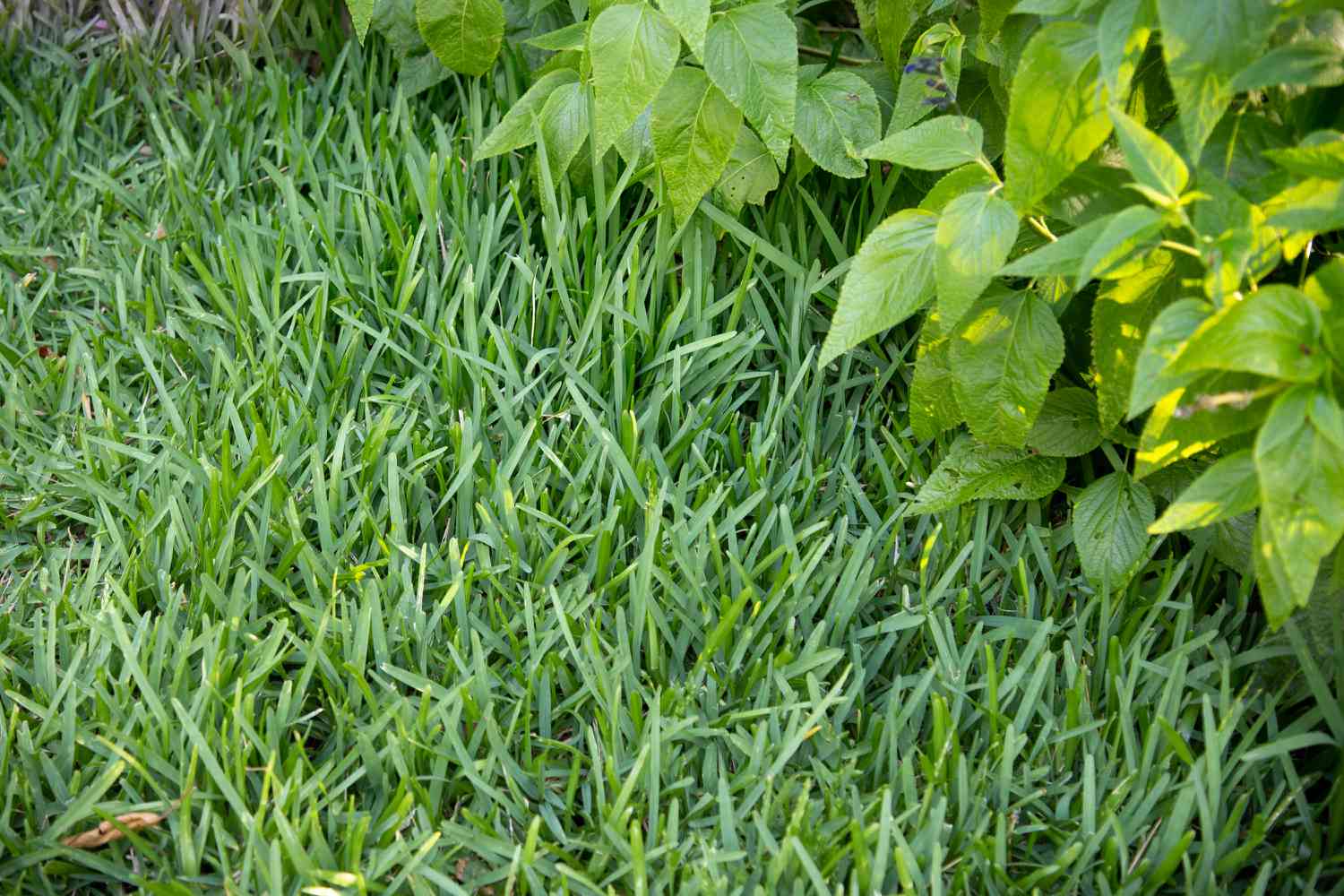
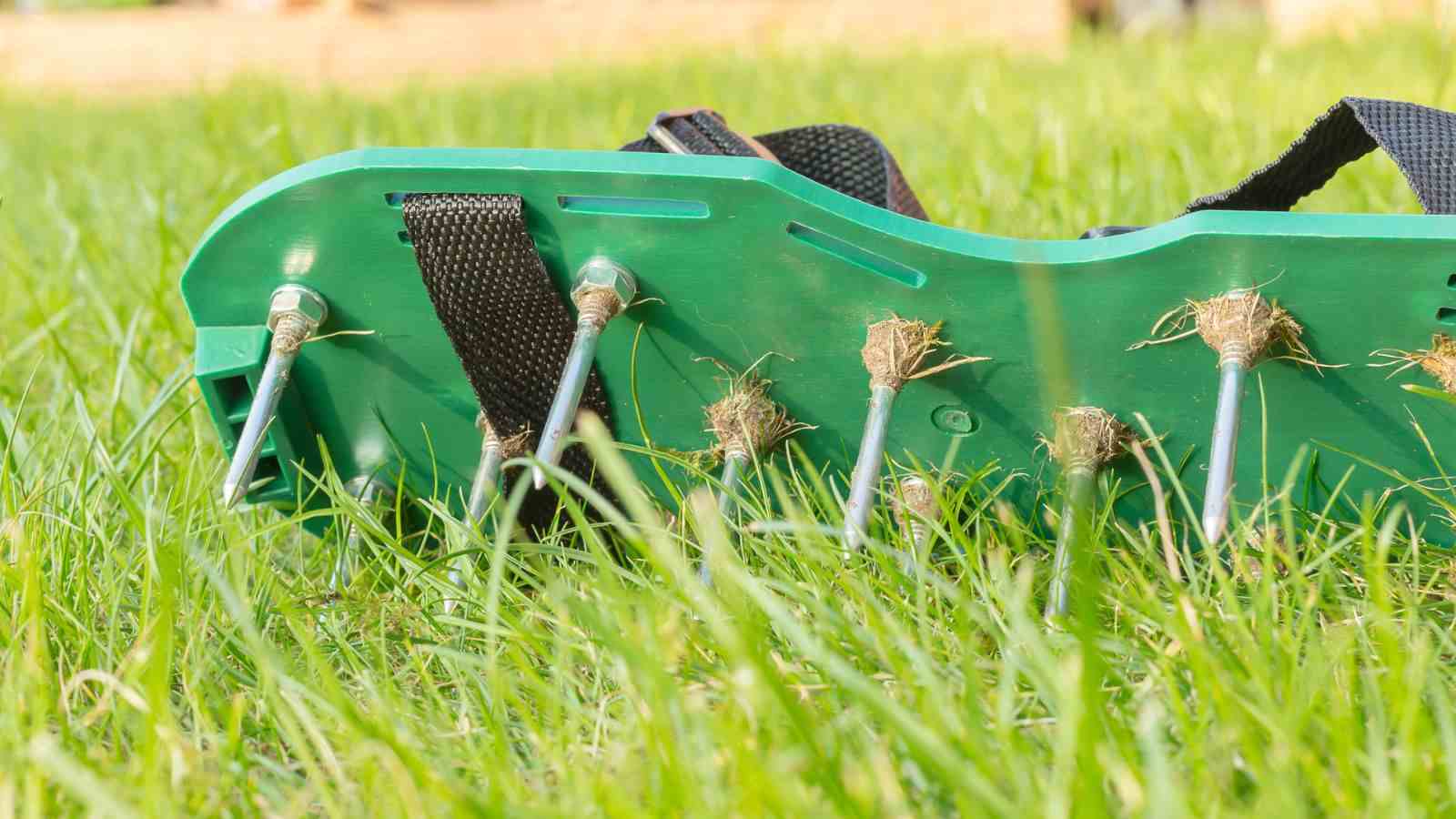
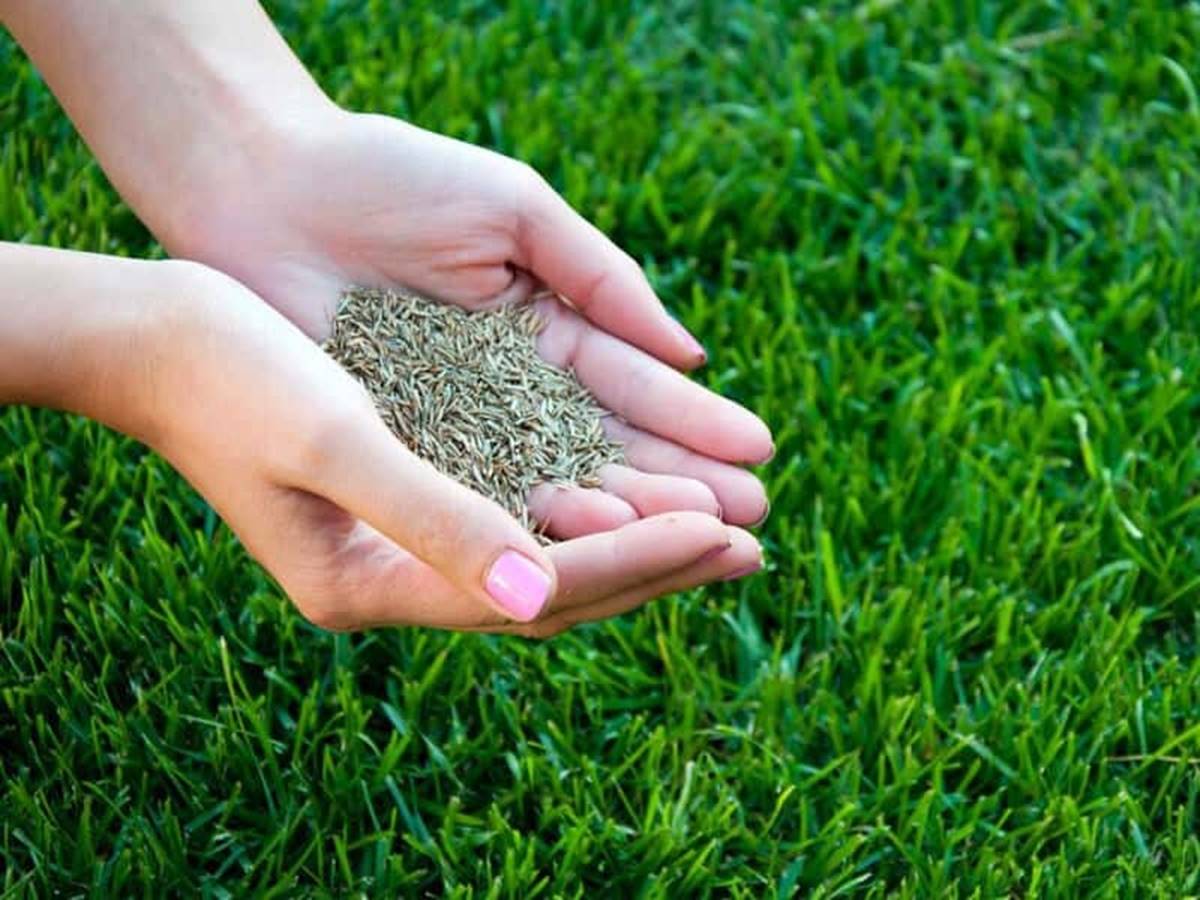
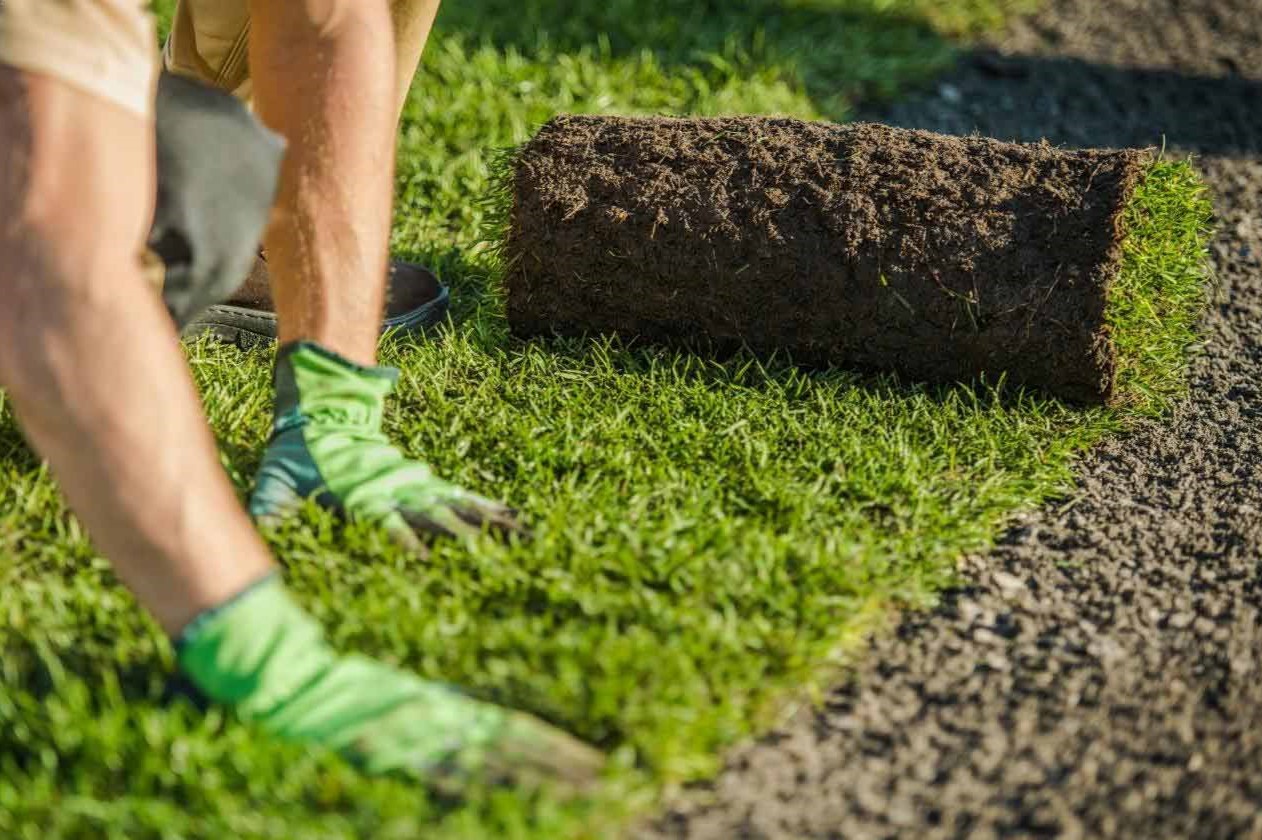
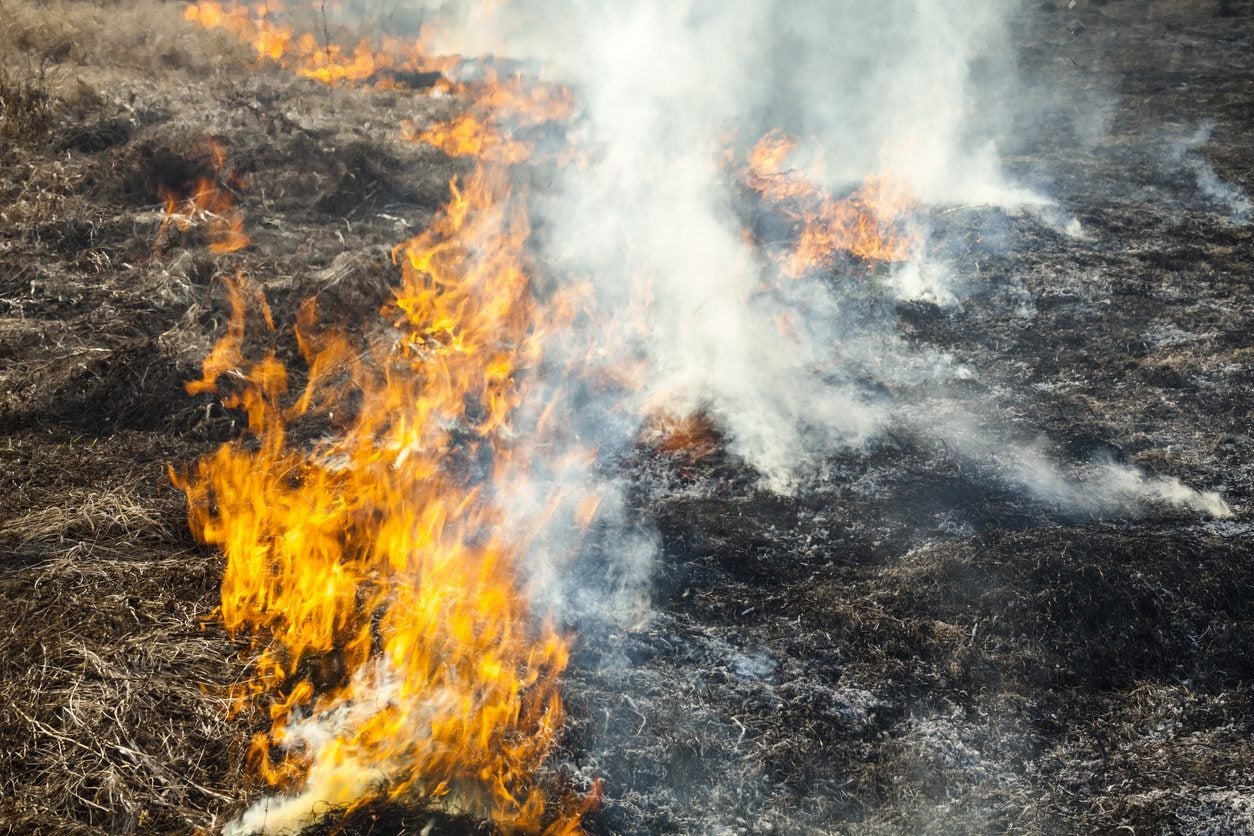
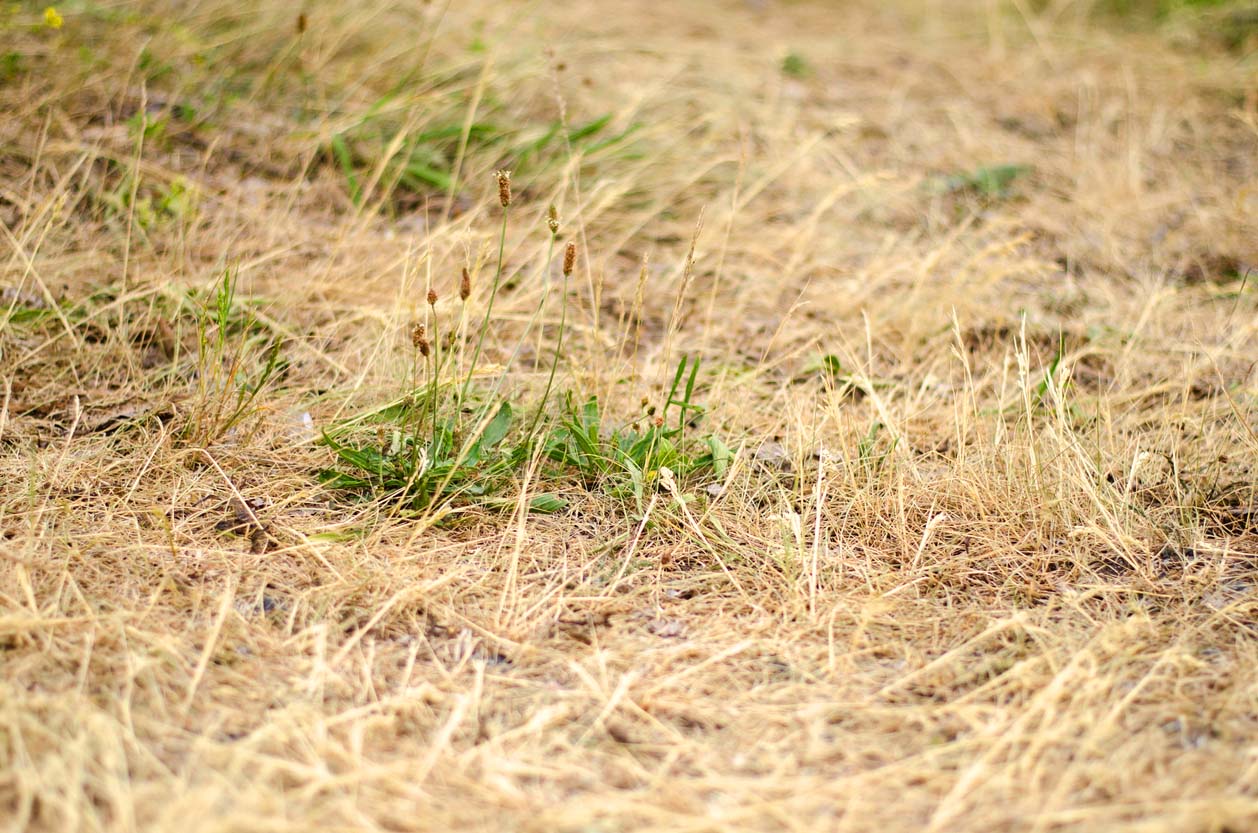
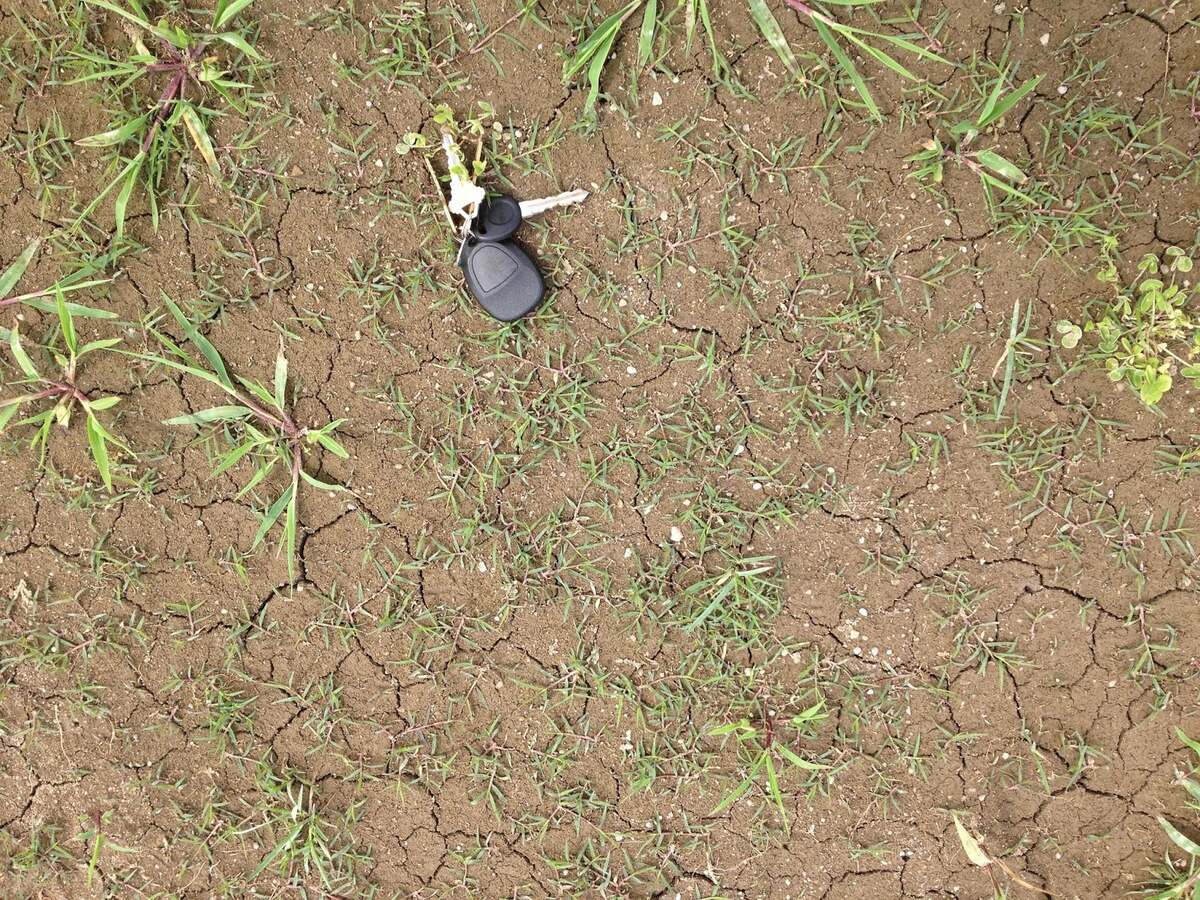
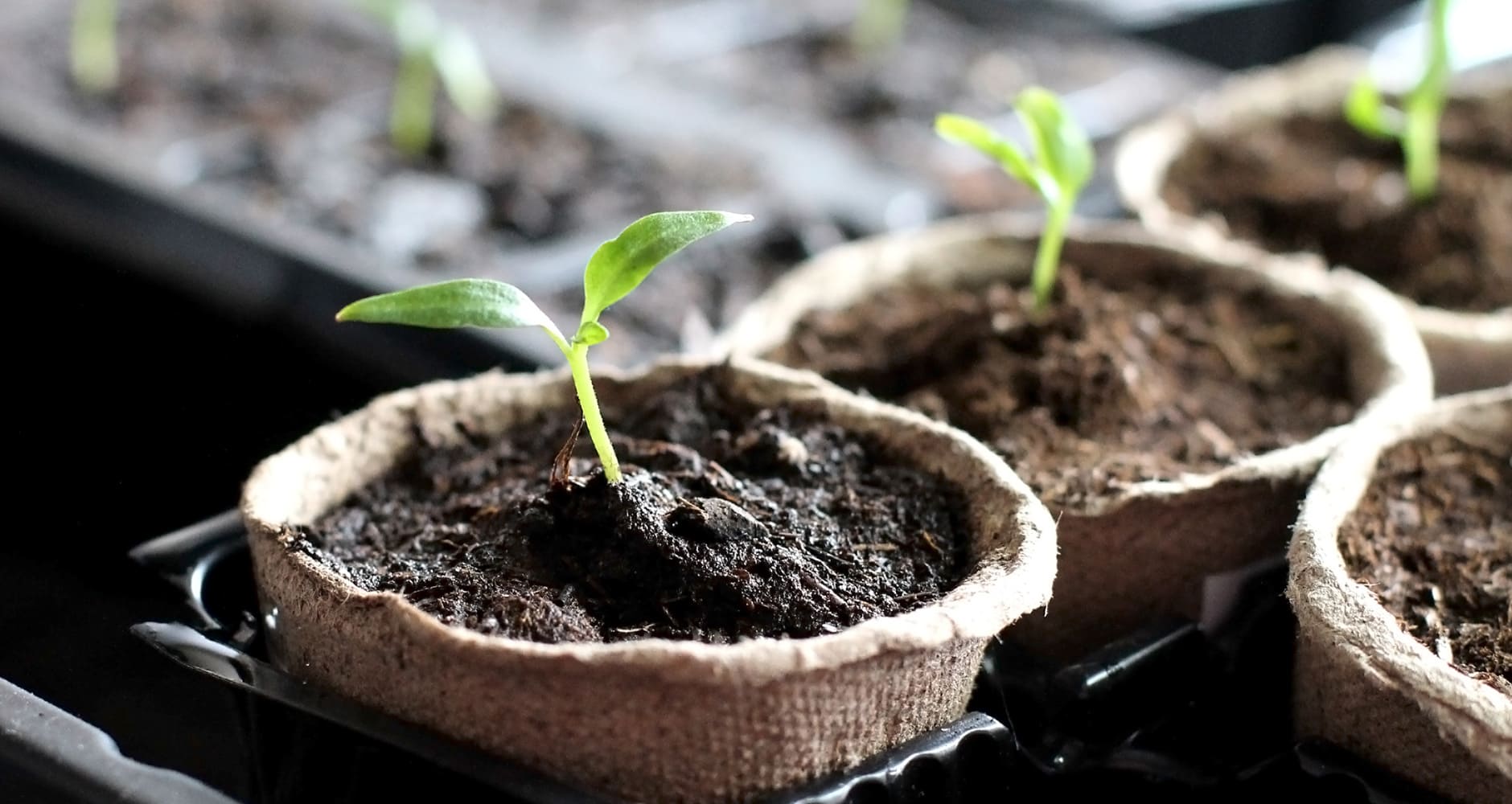
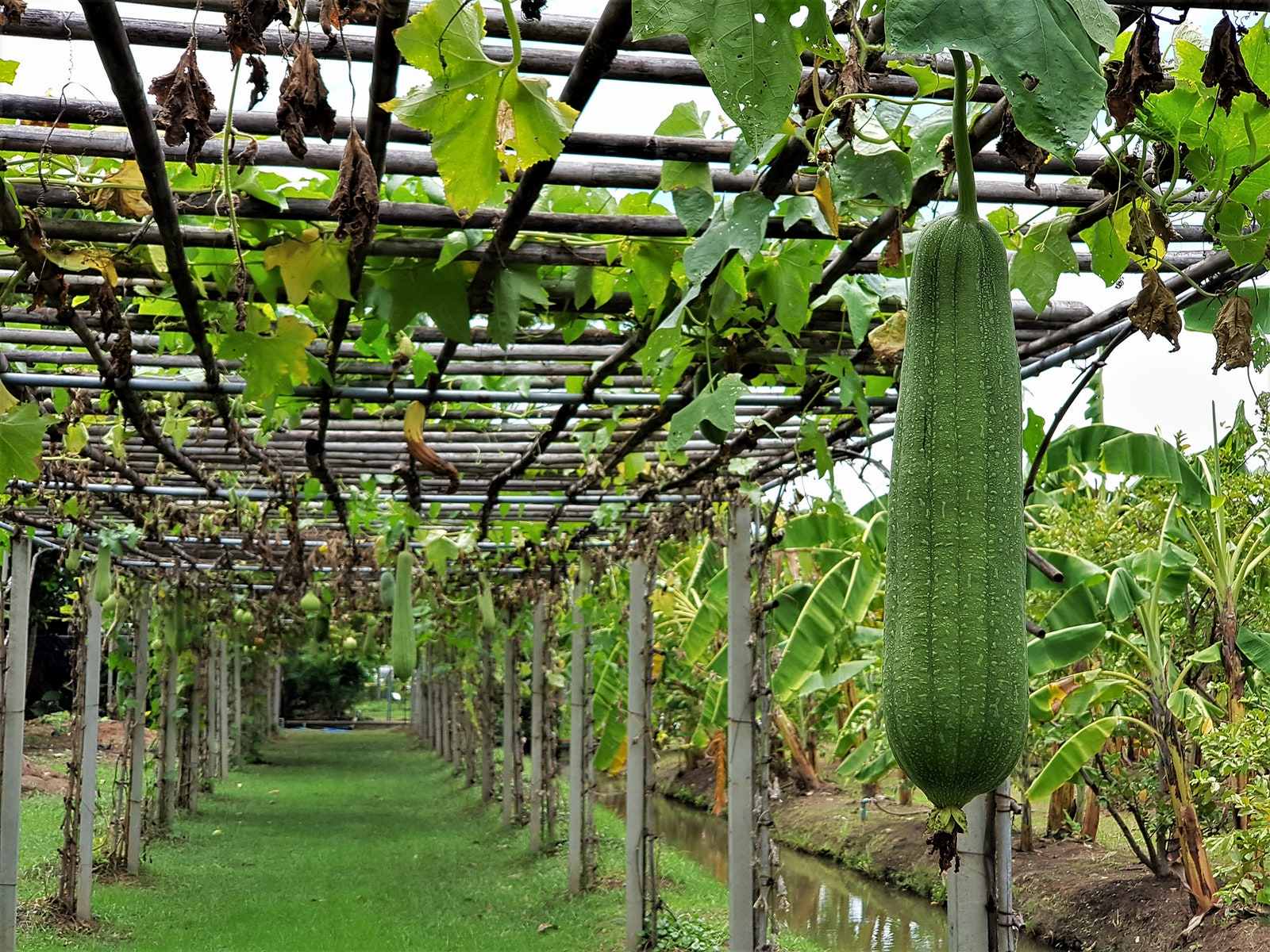
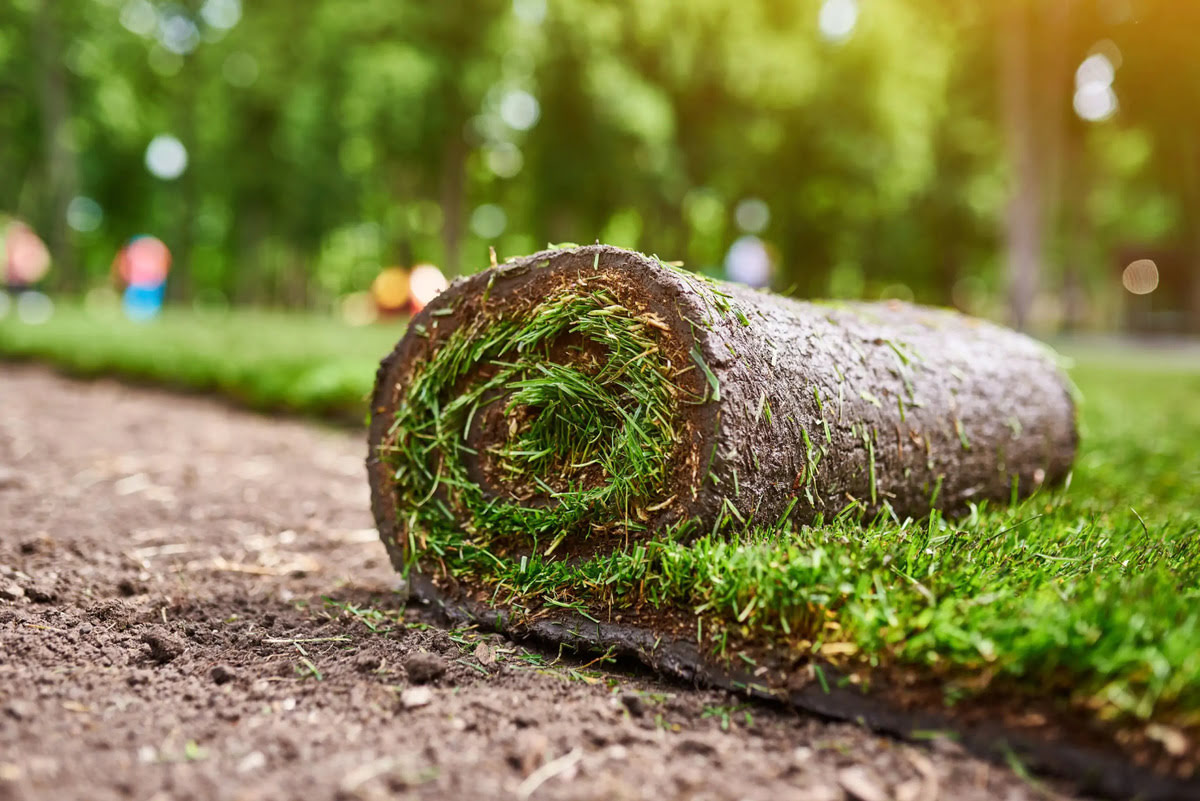
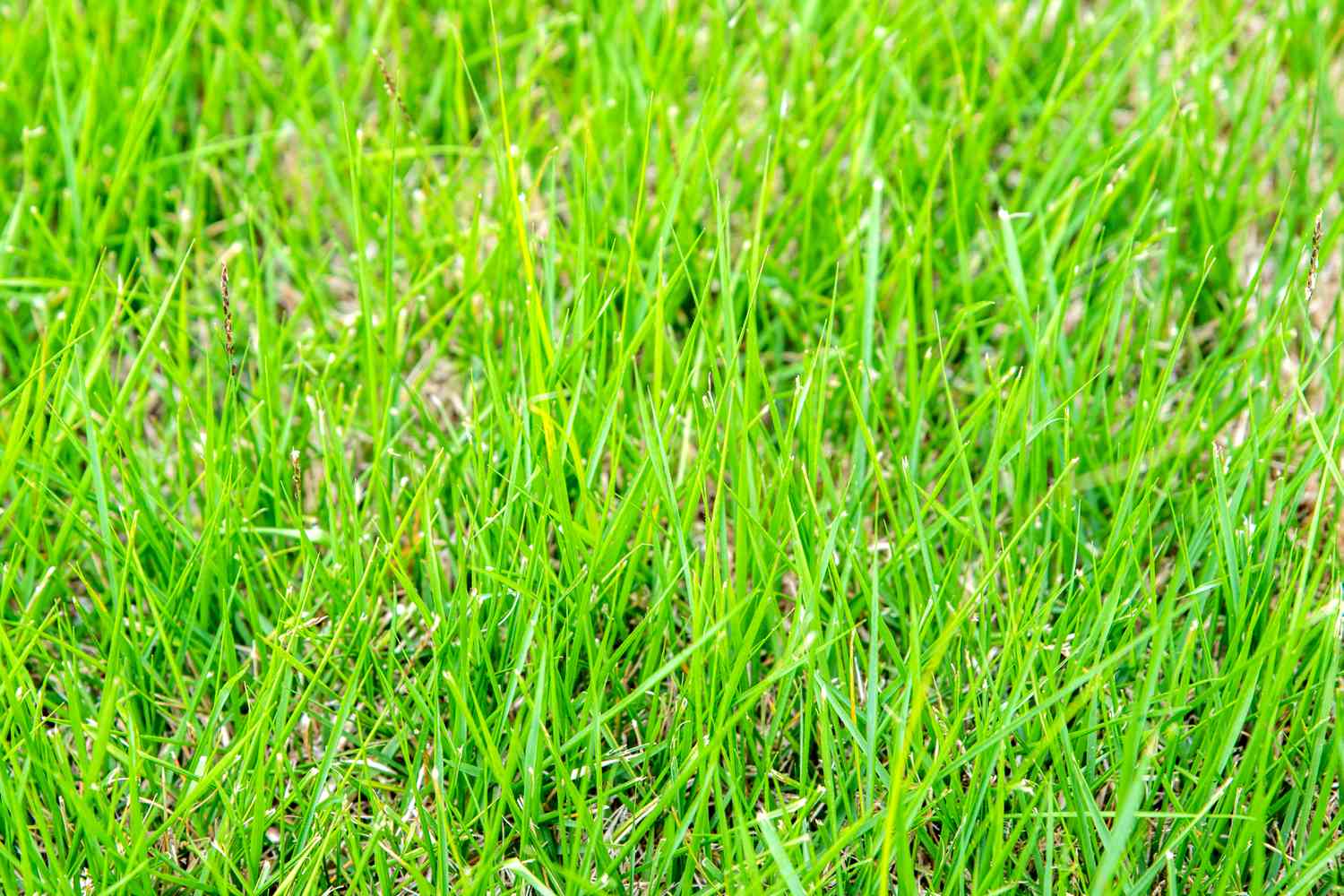
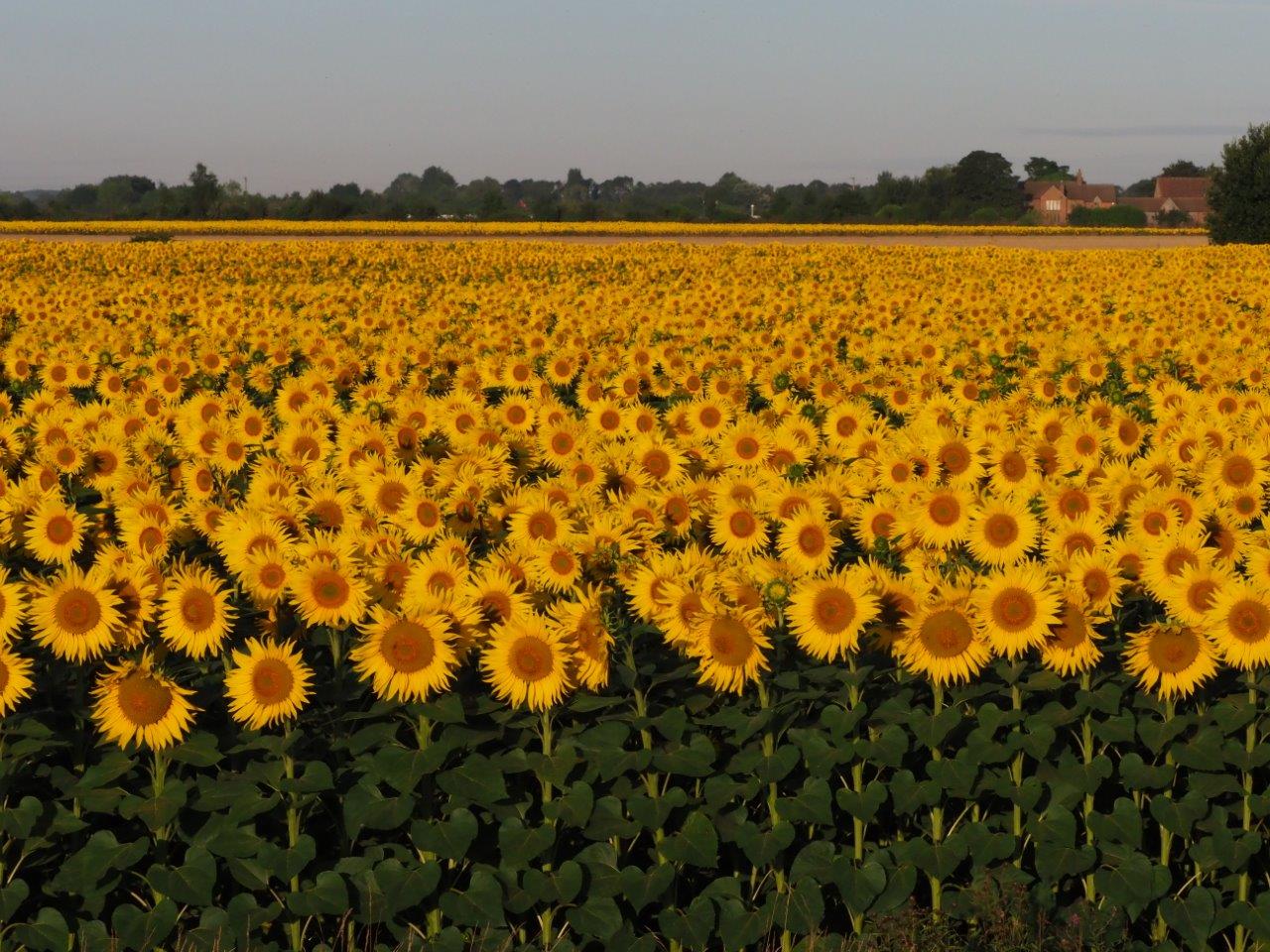

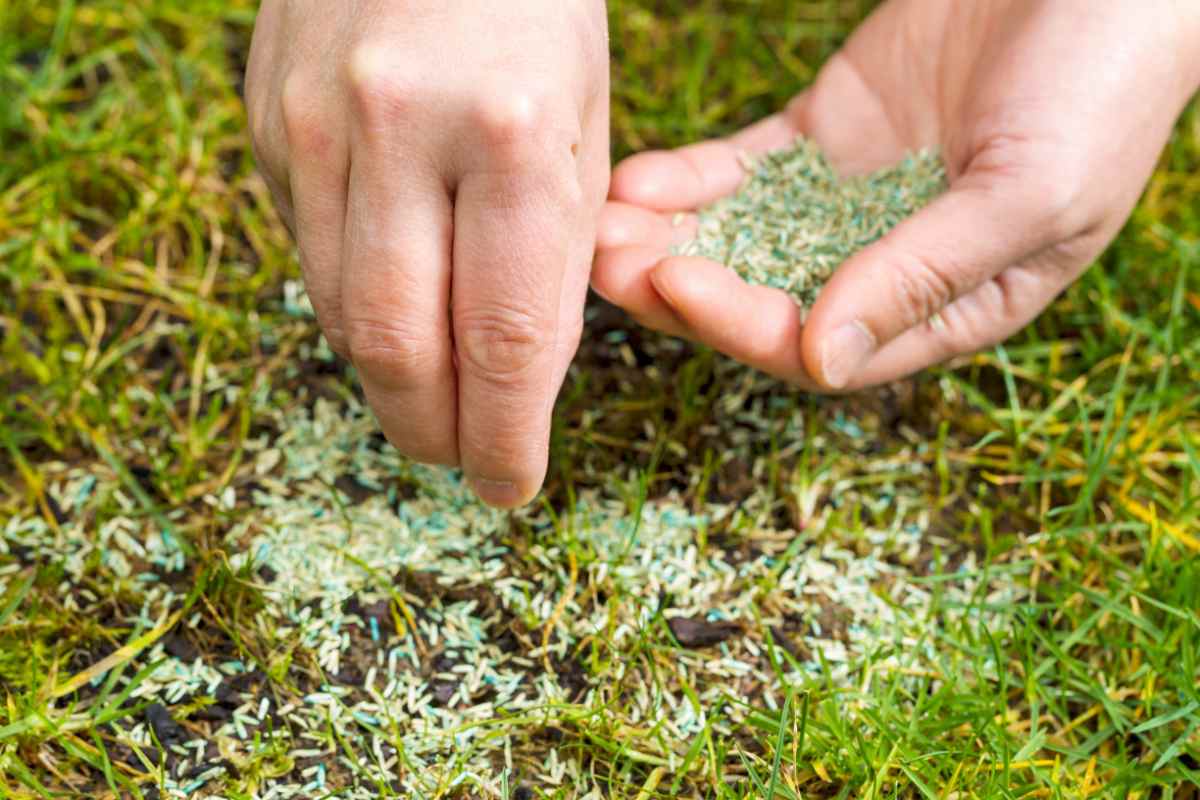

0 thoughts on “How Long Does It Take For A Grass Patch To Grow”